Bigfoot “Sasquatch” in Mythology
Bigfoot, also known as Sasquatch, is a mythical creature that is said to inhabit forests, especially in the Pacific Northwest region of North America. It is typically described as a large, ape-like creature with brown or black fur and long arms.
The legend of Bigfoot originated with the indigenous peoples of the Pacific Northwest, who have long told stories of a mysterious creature that lives in the forests and is rarely seen by humans. In modern times, the legend of Bigfoot has gained popularity, and there have been many reported sightings of the creature, although none of these sightings have been confirmed. Despite the lack of concrete evidence, the legend of Bigfoot continues to fascinate people and is a popular subject in popular culture.
Bigfoot in the news
Ethnographer Gail Highpine has identified more than 200 different names for creatures described by North American indigenous communities as being similar to Bigfoot.
Indeed, long before the arrival of Europeans, members of the continent’s First Nations, including the Salish community of northwestern Canada, spoke of sasquatch, a creature comparable to Bigfoot, also called bukwas, ba’was, or dzunukwa.
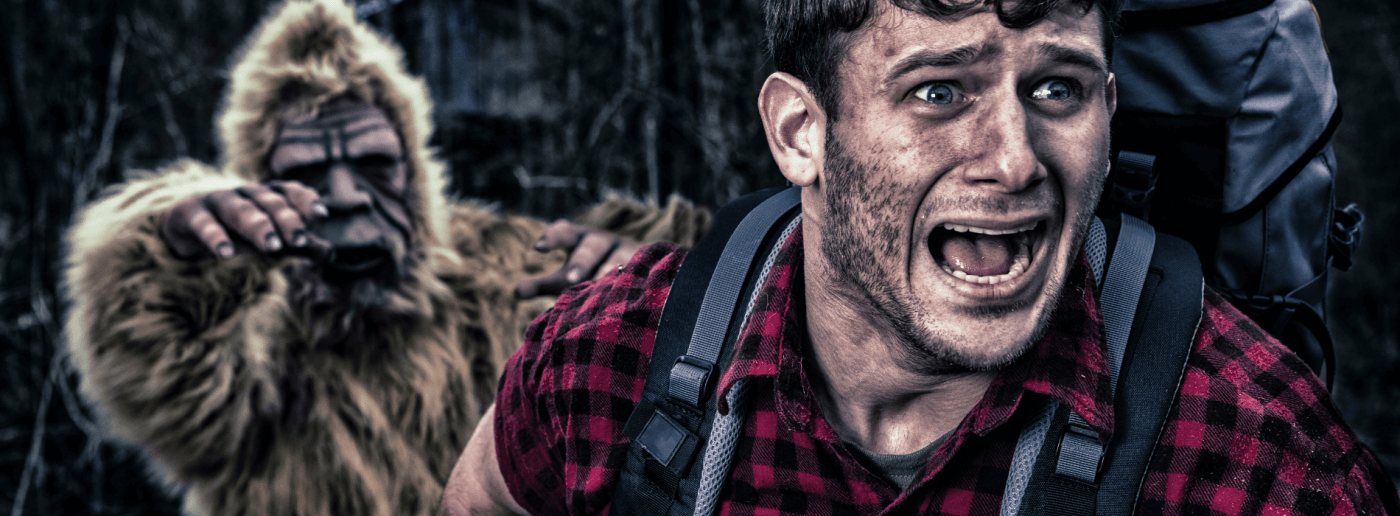
Anthropologist Marjorie Halpin has studied traditional masks made by the Tsimshian Indians of British Columbia, which undoubtedly represent primates that do not exist naturally in North America.
In the New Brunswick and Nova Scotia regions similar creatures were called gugwes. Accounts of them collected by anthropologist Elsie Clews Parsons in 1925 describe them as cannibals with large hands and bear-like faces.
The study of Bigfoot or “Sasquatch
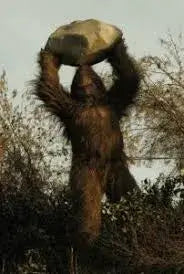
For his part, ethnologist Marius Barbeau collected information from the Huron and Wyandot of Lake Huron who mention a giant cannibal called Strendu, whom they describe as an enemy of great dimensions and possessing supernatural powers. Anthropologist Frank Speck (1915) reported a creature among the Ojibwa called memegwicio or wood man, described as a kind of ape.
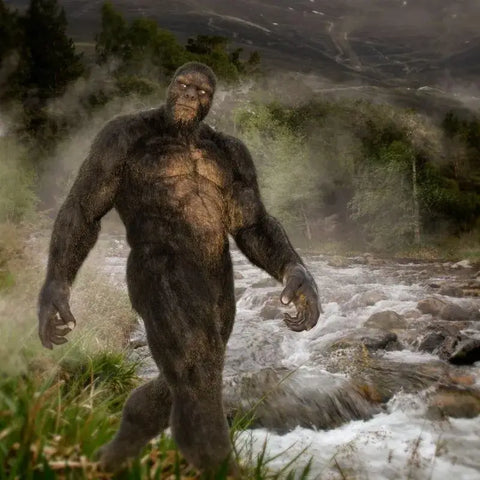
The naturalist José Mariano Mozino, who in 1792 accompanied the explorer Juan Francisco de la Bodega y Quadra during his expedition to British Columbia, mentions in his writings the Matlox, a mountain dweller that inspires terror in indigenous communities. It would have a monstrous body, covered with black hair like an animal but would have a head similar to that of a human being and eyes similar to those of a bear. This creature has long arms and toes and fingers with large curved nails.
Bigfoot in the world
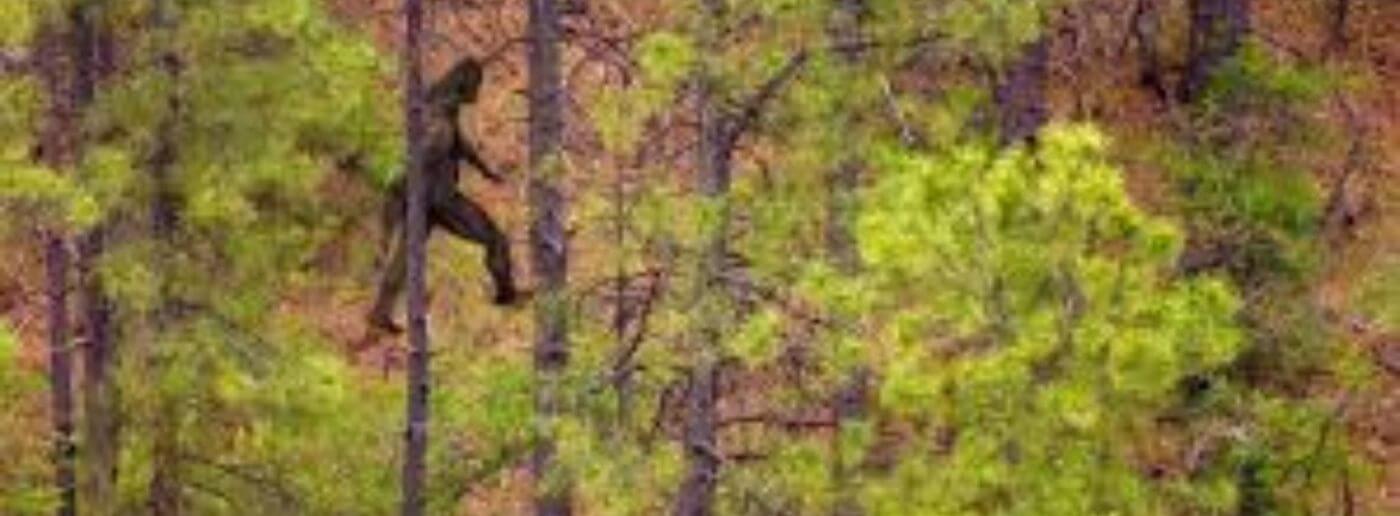
Similar creatures described by the Bella Coola Indians of central British Columbia are called Boqs. According to anthropologist T.F. McIlwraith of the University of Toronto, they look like humans, but the facial area around the eyes is not described as human. They are bipedal and swing their long arms while walking. With the exception of the face, the Boq is entirely covered with long hair, especially on the torso, and is said to be slightly smaller than the average human. Other communities in northwestern Canada refer to the Steta’l as a race of terrible mountain giants. Among the Bella Bella people, residents of the islands bordering British Columbia, there is mention of the Pkw’s described as cannibal giants. The Lakota Sioux of the northern plains name a similar creature Chiye-tanka, and describe it as the husband of the earth who has taken on a hairy human form and is both a spirit and a living being moving through the forest.
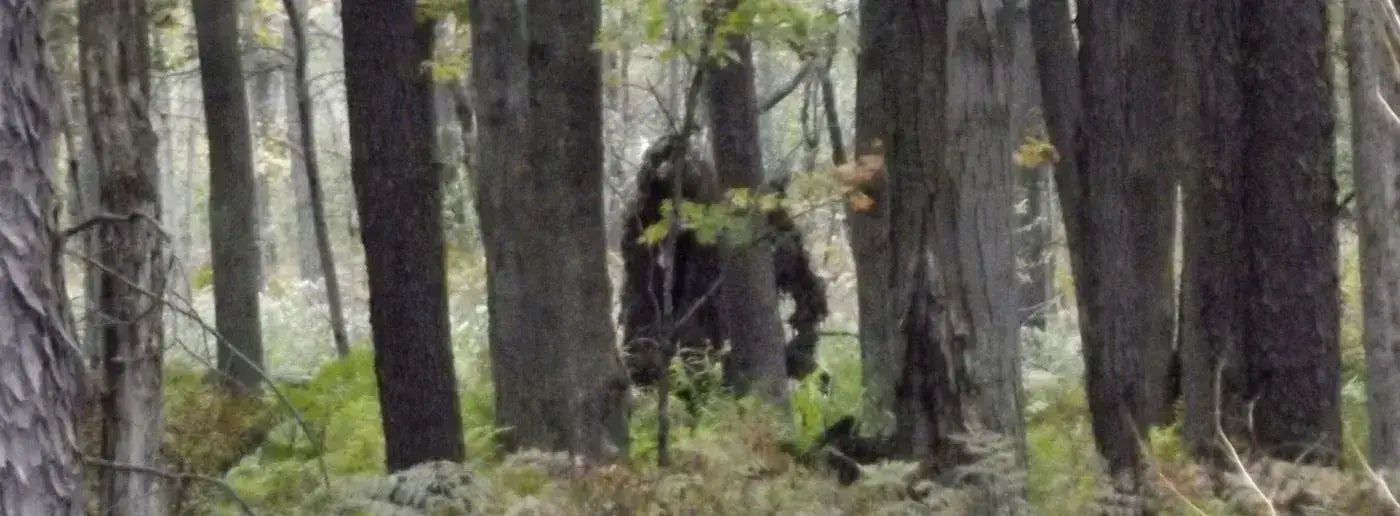
In Told by the Pioneers (1938), writer P.H. Roundtree recounts interviewing elderly people in Washington state in the 1930s, who told him that before the arrival of white men, Skookum, or hairy men, lived in the area.
In southwestern Alaska we are talking about the Urayuli which can also be called Bushman, Big Man, Nant’ina or Woodsman. It is between 1.80 meters and 3 meters tall, covered with fur from 5 cm to 10 cm long, has bright eyes and looks like a primitive primate. Its arms are long enough to touch its knees, it lives in the tundra near the Lliamna lake, moves rather at night and is an excellent swimmer. This creature is known to steal fish kept by fishermen, as well as their dogs, and to destroy the tents of campers.
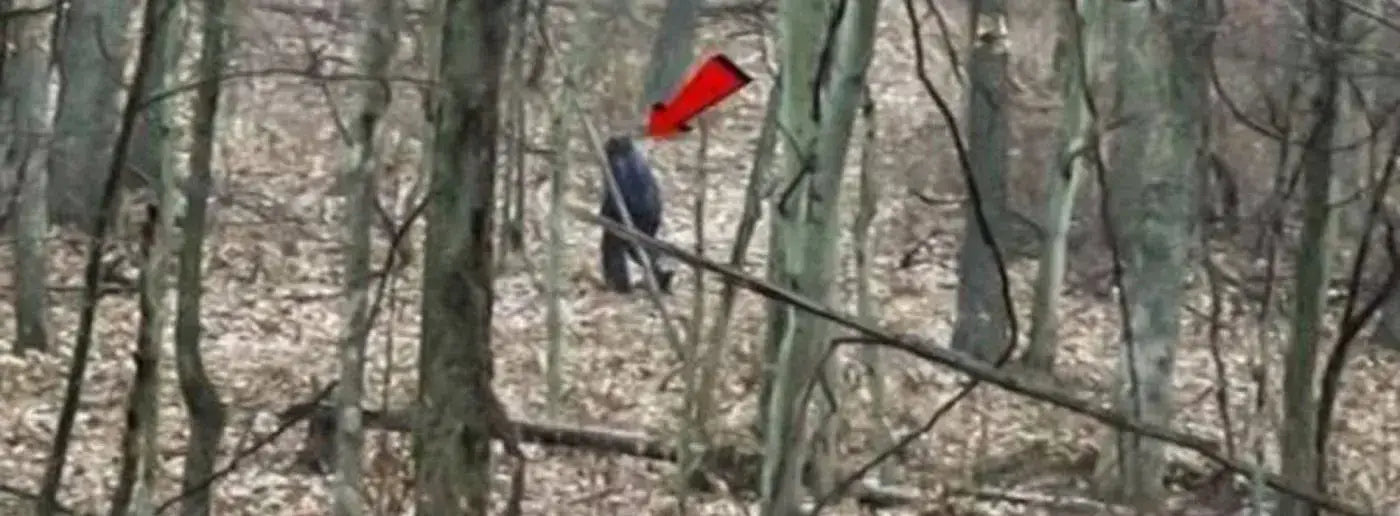
The Tlingit community occupies southeast Alaska and calls the hairy humanoid creatures of their folklore Kishtakaas. For them, these are Men who have become lost and solitary and whose hair has grown over time, covering them completely. Also called the otters’ people and living along the ocean, it is said that they can live as well in the water as on the land.
For their part, the Tsimshean of Alaska speak of the buk’wus, also known as ba’oosh or ba’wes which could be translated as monkey, or something imitating Man. It would be a kind of hairy hominid using stones and sticks to defend itself and recognized as solitary. The Ypik Inuit speak more specifically of the Arulataq, which means a bellowing creature. It would not be a predator but rather a being curious about human activities.
What is this humanoid creature ?
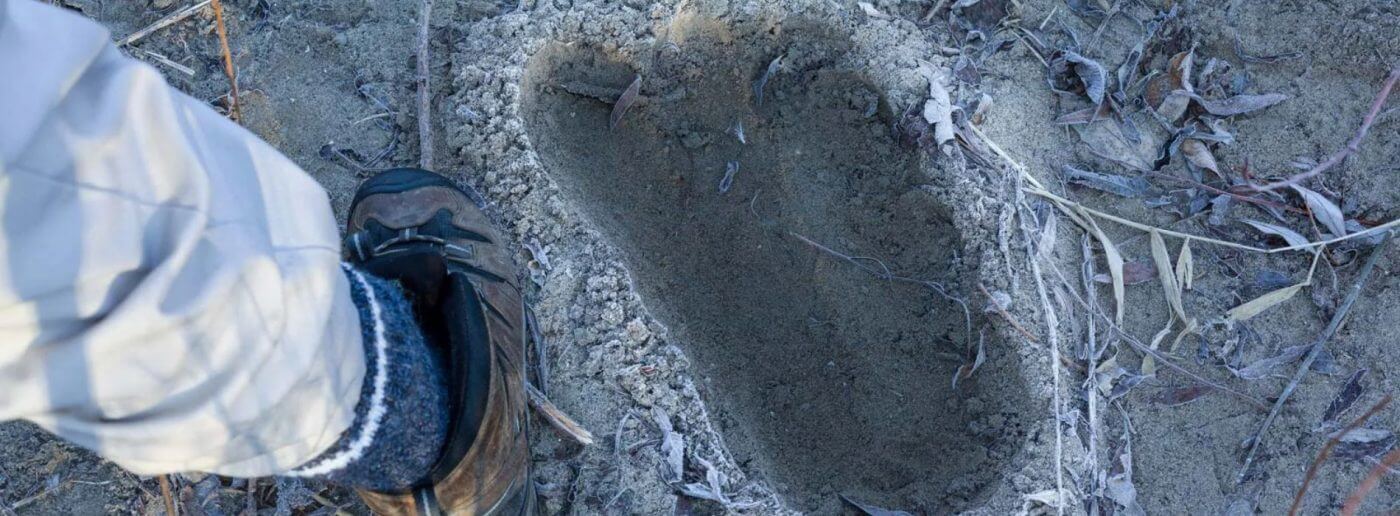
Hairy humanoid creatures have been described in North America for as long as memory serves and it has been possible to compile descriptions about them. Several hypotheses have been put forward to try to explain the existence of such mythical beings, among which is that of a fossil survivor considered extinct.
If we take into account the dimensions of the creature called Bigfoot, the gigantopithecus remains a frequently mentioned hypothesis. Having lived in Asia, this one would be a species of large anthropoid ape discovered in 1936 by the German paleontologist G.H. R. von Koenigswald when he noticed an intriguing tooth in a Chinese pharmacy in Hong Kong. The tooth measured 2.5 cm and the scientist, struck by its resemblance to human teeth, acquired it. Determining that it had belonged to a great ape, he named it gigantopithecus. It is believed that the latter appeared in the savannahs and on the edge of the forests of Asia about 14 million years ago and disappeared 5 million years ago.
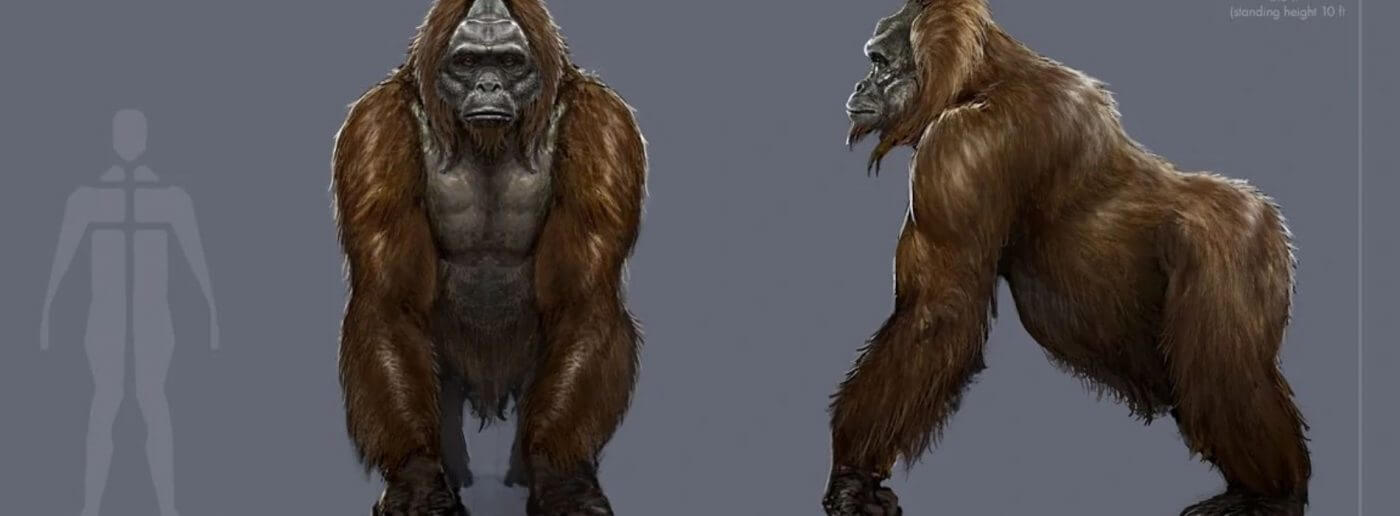
However, other discoveries bring these fossils back to a date between one million and 500,000 years ago. Weighing between 250 and 300 kg, it lived on the ground, seemed to consume only tough plants and its height is estimated from 2 m to 3 m 65. It had a short and high face, presented a row of tight teeth, small incisors and reduced canines. It also had large premolars with particularly thick enamel. The gigantopithecus was rather adapted to a savannah environment and not to a forest environment.
The Sasquatch is an australopithecus?
The survival of an australopithecus could also be a relevant lead to explore, the first specimen belonging to this category was discovered in South Africa in 1924, but the famous Lucy was a more complete skeleton. This Australopithecus afarensis was discovered in 1976, in Ethiopia, and would be 3.2 million years old. Half-female, half-ape, it had an upturned head, a crushed nose, a low forehead, was bipedal and had a large opposable toe.
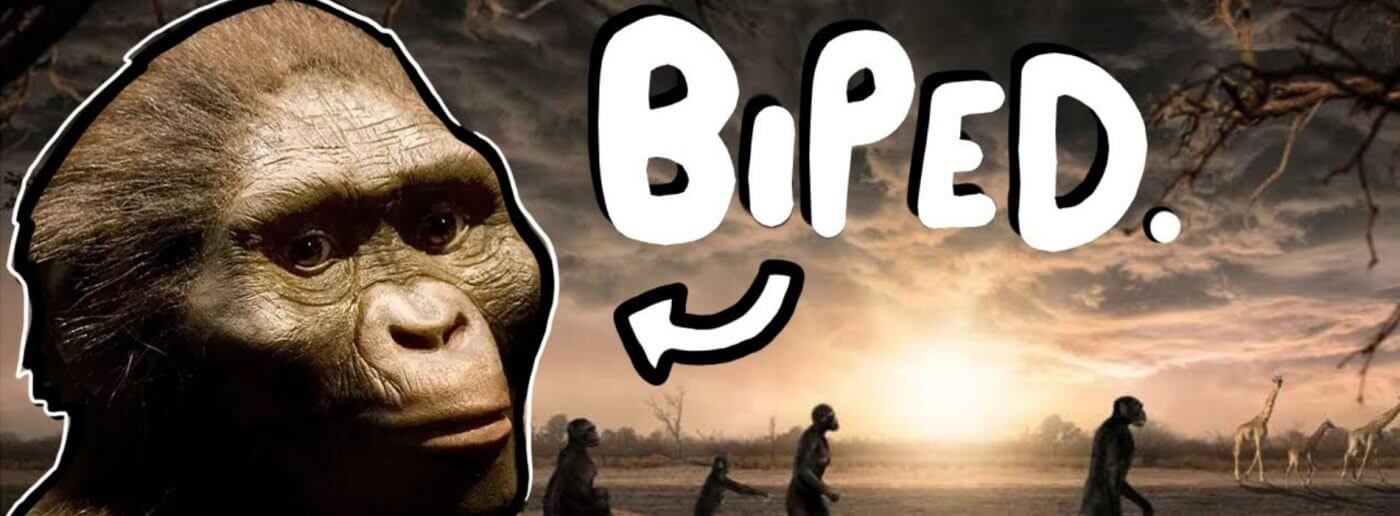
Selam, a nearly complete skeleton of a three-year-old child discovered in Ethiopia in 2000, is of the same species as Lucy but 100,000 years older. The lower part of the latter fossil definitely indicates bipedalism, but the upper part of the body belongs to an arboreal species. Australopithecines have an ape-like morphology, but the capacity of their cranium is greater. The bones of their hips, thighs, legs and feet are more human. They had thus acquired the vertical or quasi-vertical walk, but although bipedal, they climbed trees because their feet had a big opposable toe.
Australopithecus had a low sagittal crest and its jaw was strong enough to support large teeth and powerful muscles that allowed it to chew hard vegetables and raw meat. It also had a flat face, prominent brow bones and zygomatic arches in the shape of basket handles, so it was not very human. Australopithecus robustus and Australopithecus boisei were the most robust of their species and could relate to the descriptions attributed to Bigfoot.
The mythical creature could be a Large Primate

The mythical creature could also be a new species of large primates still unknown, although none of them have been recorded in North America. Some similarities are however striking from a behavioral and morphological point of view.
The largest known anthropoid is the gorilla. It lives in groups of 5 to 30 individuals that move within a territory ranging from 5 to 40 square kilometers whose borders overlap according to the seasons. With a good sense of smell, it has a very developed hearing. It generally has a black coat, has a sagittal crest making its skull pointed and displays large canines. The gorilla has an average cranial capacity of 550 cubic cm. Gorillas rarely stand more than two meters and walk mostly on their knuckles, exhibiting a gait known as a shuffle.
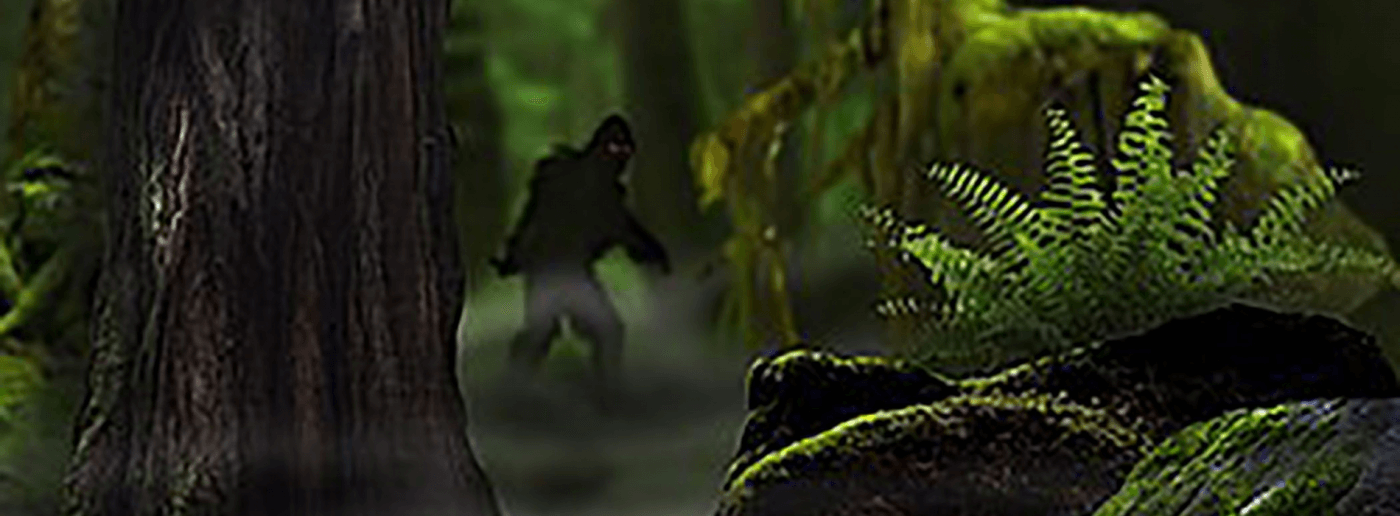
The smell of the gorilla often precedes it, it comes from a large apocrine gland located in the axillary region (armpit) in the male. This smell is particularly noticeable when the group is excited or afraid. Gorillas make nests, both on the ground and in trees, out of bamboo and brush or tree branches, and it is the dominant male in the group that is responsible for protecting its members.
The chimpanzee could also be a possible lead. On average, an adult chimpanzee reaches 1.70 meters for the male and 1.30 meters for the female. The thumb of this primate is relatively developed, the big toe is clearly separated from the others and its coat is made up of stiff hair, mostly black. Its elongated skull does not have a sagittal and occipital crest.
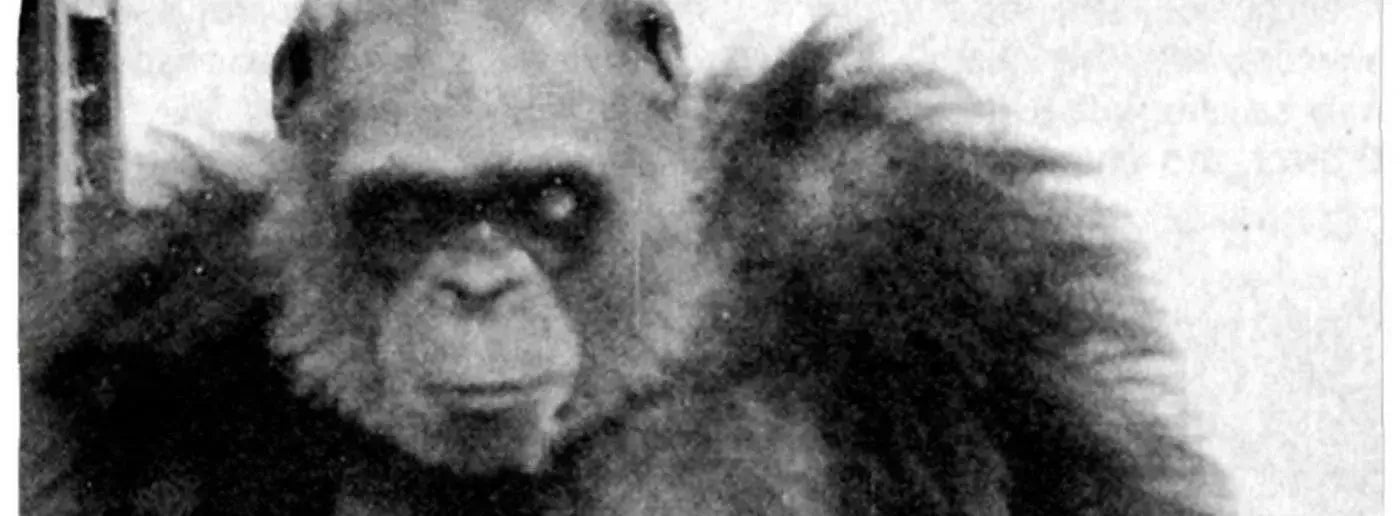
There are various subspecies of chimpanzees, including the bonobo which was discovered in 1933 and is in fact a pygmy chimpanzee, but another subspecies called Bili may be of more interest. Found in the vicinity of the town of Bili in Congo, this great ape has the characteristics of both chimpanzee and gorilla. The mitochondrial DNA collected so far links it to the chimpanzee species however, but it seems to be a hybrid and marginal population.
This large species makes nests on the ground like gorillas, but displays a chimpanzee-like diet. Known to be particularly strong and sometimes aggressive, local people refer to them as Lion-killers. The Bili monkey is described as an occasional biped and its footprints average 28 to 34 cm. It has a flat face and its coat turns gray fairly early in maturity.
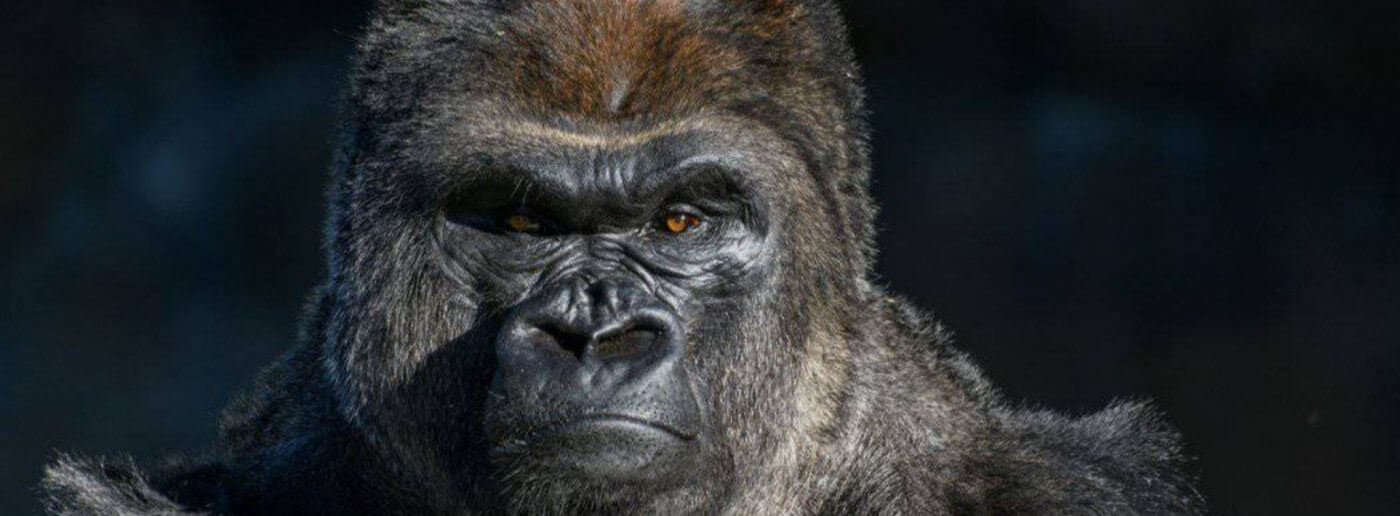
It sometimes has a sagittal crest similar to that of the gorilla, but other morphological measurements are more similar to those of the chimpanzee. In fact, this anthropoid ape, also called Bondo, had already been described in 1908 by a Belgian officer who presented skulls belonging to it. At the time, these were classified as related to a subspecies of gorilla.
The relatively recent admission of this subspecies demonstrates that zoology is an ever-evolving science and suggests the possible existence of a type of creature related to the hominids or to one or another of the great anthropomorphic apes that may roam the vast forests of North America.
